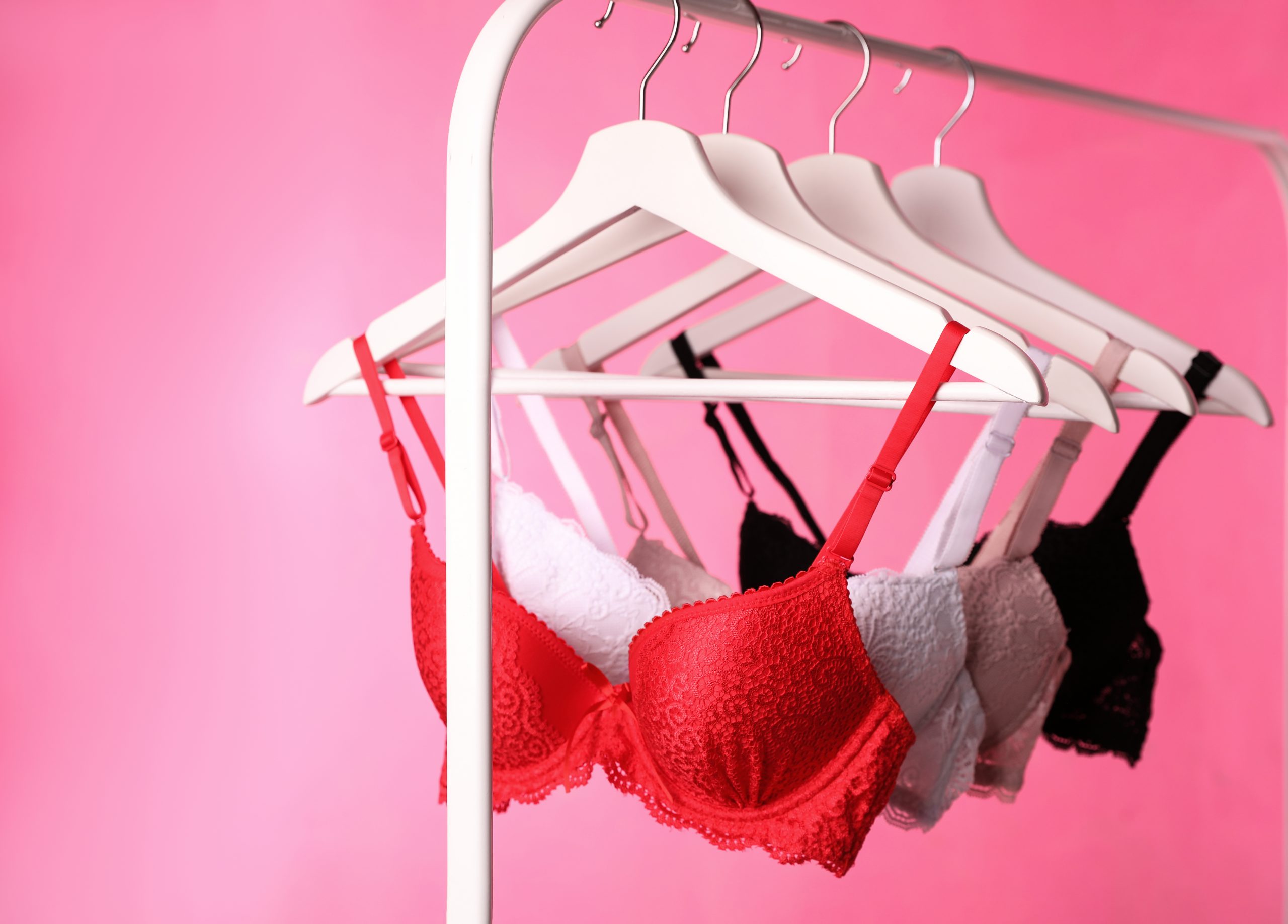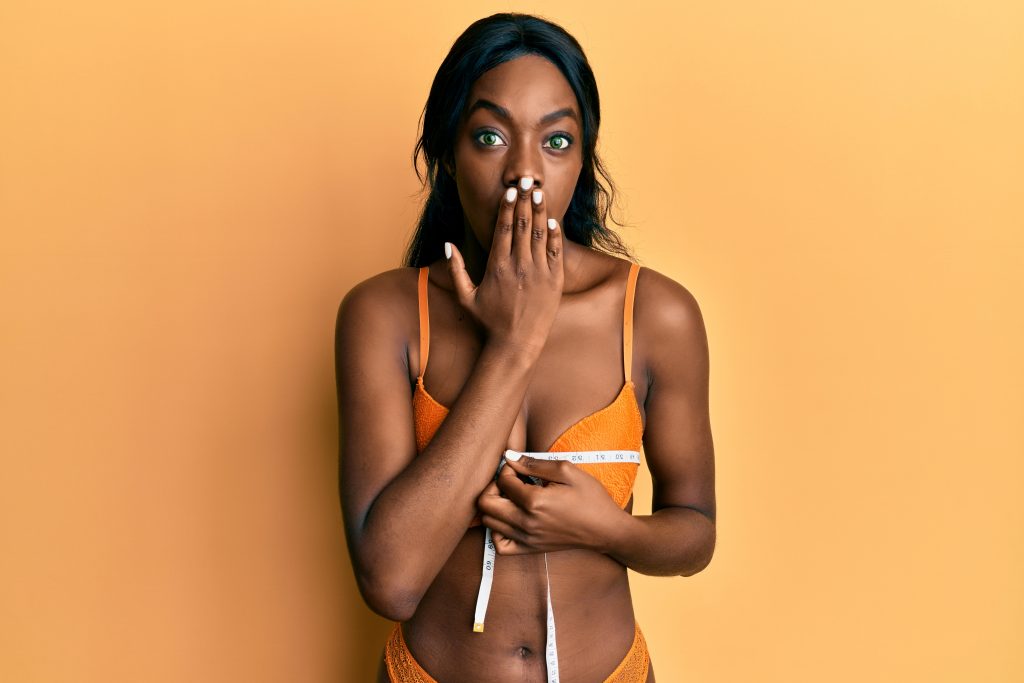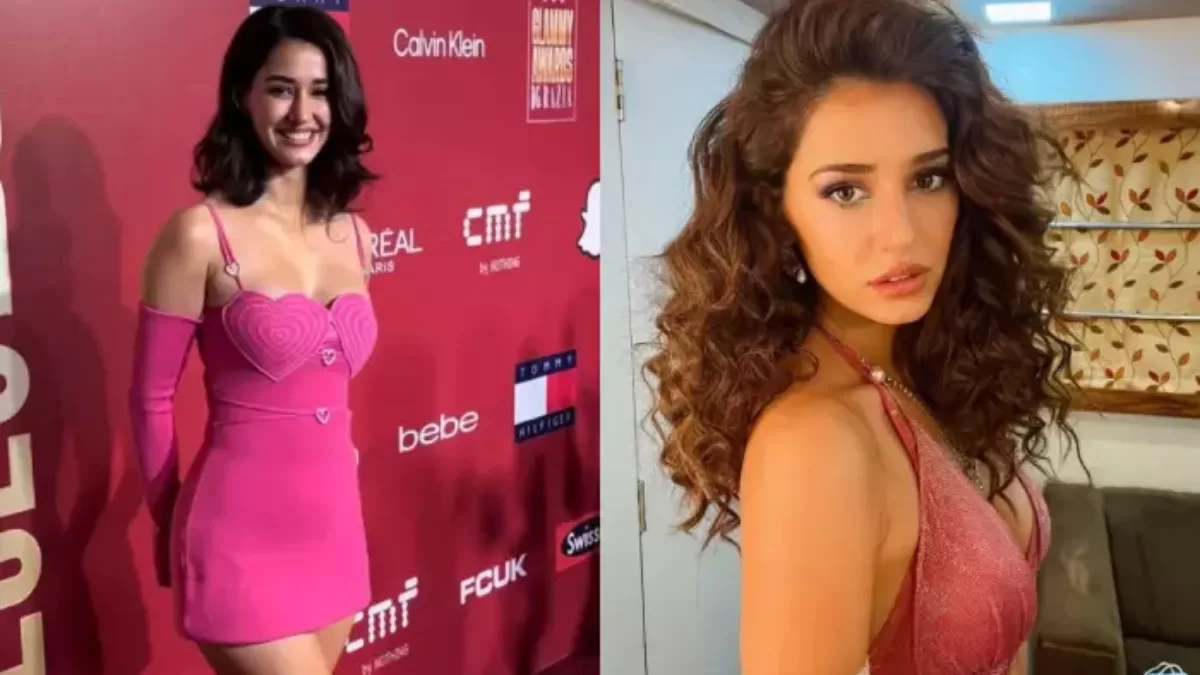7 Bra Mistakes You’re Probably Making; Check It Now

The choice to wear a bra is a personal one, which every woman must make for herself. Although bras are associated with support and contouring benefits, some women may prefer the breathability and unrestricted feeling provided by the absence of a brassiere.
If you do choose to wear a bra, you might be surprised to find that the fit and care of your undergarments may not be as straightforward as you originally thought. Here we explore seven common mistakes every bra owner could be making, and how to rectify them.
- Ignoring your comfort
Many women share a general dislike of wearing bras, even though 42% admit to needing one for support. In a recent survey of 1000 US women, 68% reported discomfort while wearing their bra, citing slipping straps, itchy tags, and general irritation.
If you find wearing a bra uncomfortable, it could be that you’re not taking your own comfort into consideration when purchasing undergarments. The typical thin-strapped underwire form of bra may be popular, but it’s not right for everyone. Fortunately, reputable underwear manufacturers such as knix are reinventing the way in which bras should look and feel. Consider choosing undergarments with wider straps or softer materials, and experiment with different cup types to find something that makes you feel great without restricting your comfort. New fabric technology has allowed underwear manufacturers to create bras free of underwire and firm cup padding; these can provide support and gentle molding without digging in or feeling restrictive.
- Not being properly fitted
Recent studies indicate that up to 80% of women could be wearing the wrong size bra, with 70% wearing too small a size and 10% too big. Women with larger breasts are particularly susceptible to wearing the wrong size.
The shape of your body and breasts can change frequently—especially if you’ve recently fluctuated in weight, given birth, or are currently expecting. Even well-intentioned women may be wearing the wrong size if they fall prey to the needlessly confusing bra sizing formulas. Cup size is not standardized, meaning that a C cup could be a D cup if paired with a differently sized band; for example, the cup size of a 34D bra is actually bigger than the cup size of a 32D.
Author and bra expert Jené Luciani recommends getting professionally fitted once a year, as even 5 pounds of weight difference can affect which size undergarments you should have. Professional fittings are available in most lingerie stores, and the consultant can help you to find a style that works for you. Some signs of a well-fitting bra are:
- The band fits snug across your back without feeling tight or riding up.
- The underwire sits flush against your rib cage.
- Your breast tissue fills the cups without spilling out of the top or sides.
- The straps sit comfortably on your shoulders without digging in or sliding down.
To test whether a bra is the right fit, raise your arms, move around, and jump up and down. If you feel comfortable, the band or straps don’t dig in, and your breast tissue remains contained within the cups, you may have the right fit.

- Not considering your outfit
While you may think that having a few bras in the same style is sufficient, you should consider the types of clothes that you like to wear. Different outfits require a selection of bra styles; your everyday bra may not work with a cocktail dress, and your favorite lacy lingerie may create unwanted visibility through a t-shirt. The following are some popular types of undergarment, and when they might be useful:
- T-shirt bra. The MVP of the lingerie world, many women have a t-shirt bra on high rotation. Thanks to their smooth contouring and wider straps, t-shirt bras are virtually undetectable under most tops, and perfect for everyday wear.
- Push-up bra. For the days when you’d like a bit more va-va-voom, a push-up bra can provide a big impact. Characterized by a masterful cut and added padding, push-up bras are typically made of material similar to t-shirt bras, rendering them largely undetectable under most tops.
- Balconette bra. Perfect for wearing underneath clothing with lower necklines, a balconette style provides the support and lift of a normal bra, without visible cup coverage.
- Plunge bra. For those showstopping, dramatic outfits, a plunge bra allows you to wear tops or dresses with deep necklines without sacrificing breast support. Ensuring a good fit is extra important with plunge lingerie, as it sits lower on your body than a normal brassiere.
- Strapless bra. Strapless styles are essential for outfits that don’t cover your shoulders. Many stores offer convertible styles, where the bras can be worn as normal or have the straps removed. Convertible styles also allow you to choose different strap formations, which you can change depending on the amount of shoulder or back coverage provided by different clothing.
- Bralettes. Also sometimes referred to as a bandeau, bralettes tend to offer little support, and are more of a decorative option, designed to be worn under clothing where the bra may be visible. Bralettes are also a popular choice among women with smaller cup sizes, who may not require the full support provided by other styles.
Consider how the color of your lingerie matches up with your outfits as well. If you’re wearing sheer or light-colored tops, flesh-colored lingerie works best to avoid the color of your bra stealing the spotlight. If you’re attending a fancy event, then matching your bra to your dress or shirt will help to disguise any wandering shoulder straps.
- Ignoring care instructions
Particularly for women with larger cup sizes, lingerie can be expensive; it’s important to care for your undergarments properly to ensure that they last as long as possible. Incorrect care can result in stretched-out, shrunken, or discolored bras; check the labels on your undergarments to confirm the manufacturer-recommended washing tips if you want to avoid this.
Brassiere expert Danny Kock recommends washing your bras by hand every second or third wear; fitting specialist Bobbie Smith advises that cold water is best for preserving the elasticity of your garments. If you choose to clean your lingerie in a washing machine, ensure that you use a specialized washbag to prevent the hooks and straps from catching on other clothing.
After washing your lingerie, air dry wherever possible to avoid potential damage from a dryer. Hang your garments by the piece of thick material between the cups and never from the straps; this helps to avoid the straps or band stretching unnecessarily.
- Not considering your activity level
While it may seem fine to wear your everyday bra for strenuous activity, a sports bra may be more appropriate for your situation. Wearing a regular bra for exercise could increase the frequency of washing that it requires, thereby reducing its lifespan. Additionally, a normal bra is unlikely to provide the level of support required for higher-impact sports.
38D breasts weigh almost 1.5 pounds each, and many activities such as horse riding, jumping, or running can cause a significant amount of breast movement. As we age, the elasticity of the skin supporting our breasts reduces, making it even more important to provide a level of containment during workouts. Up to 56% of women report experiencing breast pain during exercise; a suitable level of support has been shown to reduce perceived discomfort in women while engaged in physical activity. Wearing a sports bra (or even two layers of support in larger-chested women) can greatly reduce breast movement and pain during high-impact movements.
- Not replacing your bras
Like any piece of clothing, your bras have a shelf life, and will eventually require replacing. According to expert Jené Luciani, some signs that your bra may be at the end of its usefulness include:
- Underwire poking through its casing.
- Cups showing signs of crinkling.
- Straps being stretched out.
- Closure hooks being bent or broken.
- Frayed, stretched, or damaged material.
Bras will typically last around two years before showing signs of significant wear, though this timeframe could be as short as 6 months depending on how they’ve been cared for and how often they’re worn.
- Not protecting the cup shape
An often-overlooked factor in undergarment protection is preserving the cup shape of your bras. Whether they’re being washed, dried, or stored, the cup shape should not be compromised; this can lead to your lingerie being damaged or creased, reducing its lifespan. Some tips to help you protect the cup shape of your underwear include:
- Do not rub or squeeze cups while handwashing them.
- Ensure that bras are contained within a purpose-built bag when machine-washing them.
- Do not hang bras by the cups to dry.
- Store your bras in a way that does not compromise the cup shape.
Conclusion
Purchasing and wearing comfortable, high-quality bras can make a huge difference in how a woman looks and feels. As comfortable lingerie can be quite an investment, it’s critical to understand how best to take care of your undergarments.
If you choose to wear a bra, make sure that it’s well-fitted and appropriate for your outfit. Choosing the correct lingerie for your lifestyle can ensure that you spend your days comfortable and supported.










